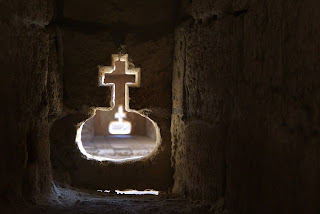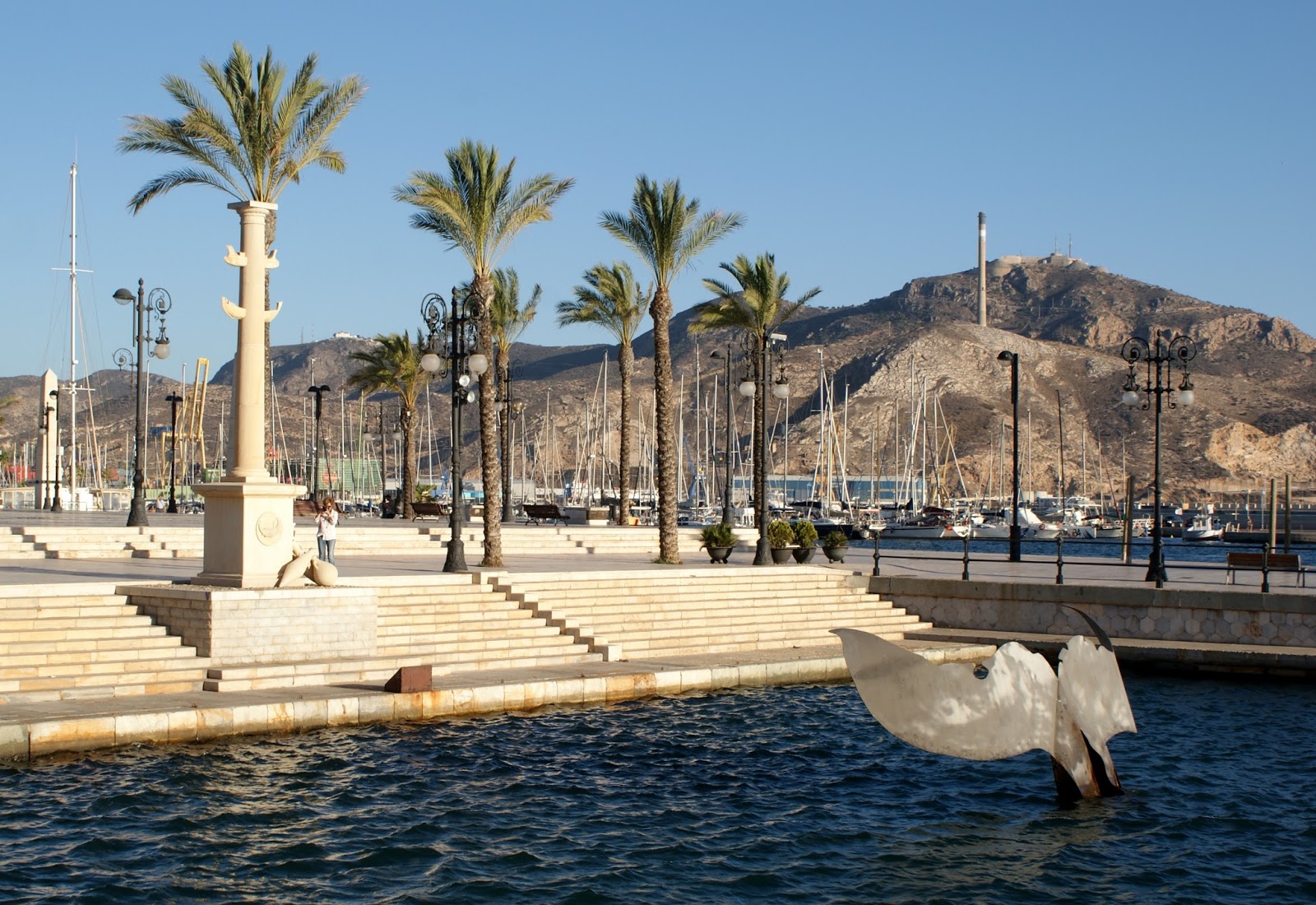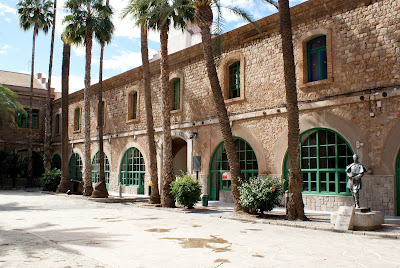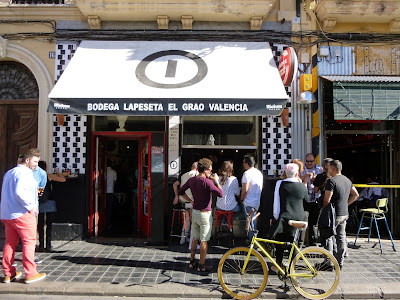 |
| Our winter home, Aguadulce marina |
 |
| Aguadulce beach and marina |
 |
| Almeria from the Alcazaba |
 |
| Almeria from the Alcazaba |
 |
| Yacht Club pool with a view! |
 |
| The Alcazaba gardens |
 |
| Arrow slits, Alcazaba |
 |
| Our winter home, Aguadulce marina |
 |
| Aguadulce beach and marina |
 |
| Almeria from the Alcazaba |
 |
| Almeria from the Alcazaba |
 |
| Yacht Club pool with a view! |
 |
| The Alcazaba gardens |
 |
| Arrow slits, Alcazaba |
 |
| New engine finally arrives |
 |
| Shiny new Volvo D1-30 engine |
 |
| Old engine waiting to be taken away |
 |
| Ride of a Lifetime patiently waiting next to the crane for the engine to arrive |
 |
| ...and the new engine is lowered in |
 |
| The old engine is lifted out... |
 |
| Red sky at night... |
 |
| Approaching Aguadulce by the light of the supermoon... |
 |
| Ride of a Lifetime finally in her winter base, Aguadulce |
 |
| Cartagena harbour and the tail of a whale! |
 |
| The Modernista Town Hall |
 |
| The Roman Theatre discovered by chance in 1987 |
 |
| Isaac Peral's submarine |
 |
| The Military Museum - housing the largest collection of artillery in Spain |
 |
| The old artillery headquarters, now the Military Museum |
 |
| A crowd of decorative flagpoles on Concepcion hill |
 |
| View over Cartagena from Concepcion hill |
 |
| Another empty shell |
 |
| The old bullring |
 |
| Cartagena harbour front |
 |
| Valencia street |
 |
| The modernista Mercado Centrale |

 |
| Inside the bustling Mercado Centrale |
 |
| Valencia cathedral said to be the home of the true Holy Grail! |
 |
| Anyone for a Jamon?! Mercado Centrale |
 |
| La Lonja |
 |
| Paella dishes for sale - Valencia is the home of Paella |
 |
| Inside the Palacio del Marques de Dos Aguas |
 |
| Tiles by Salvador Dali, National Museum of Ceramics |
 |
| Torres de Quart city gate |
 |
| On top of the Torres de Quart |
 |
| Cacti in the Botanical Gardens |
 |
| The Botanical Gardens looking a bit like something out of Jurassic Park! |
 |
| The Umbracle - a huge open access garden |
 |
| The Umbracle |
 |
| Opera house, 3D cinema and Science Museum |
 |
| Opera house and 3D cinema |
 |
| Science Museum, Assut D'or bridge and the Agora |
 |
| Thatched farmer's cottage or Barraca |
 |
| Heading towards the Albufera lake |
 |
| A traditional boat on the Albufera lake |
 |
| I spy with my little eye something beginning with H! |
 |
| Inside the Bodega La Peseta bar |
 |
| Bodega La Peseta bar |